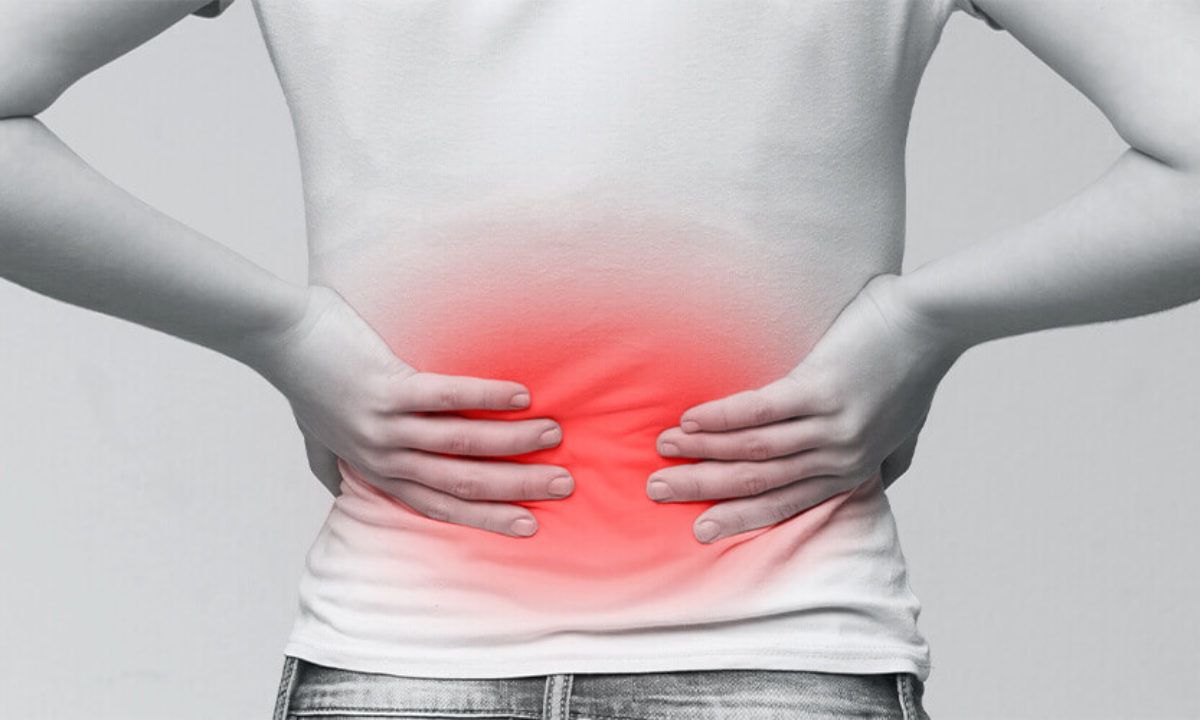
Neurotransmitter release is a fascinating process that plays a crucial role in our everyday functioning. These chemical messengers are involved in transmitting signals between neurons, allowing for communication within the nervous system. Understanding the intricacies of neurotransmitter release can provide insights into how our brains work and how certain disorders and diseases may arise.
In this article, we will delve into 16 astonishing facts about neurotransmitter release that will leave you in awe of the complexity and precision of this phenomenon. From the speed at which neurotransmitters travel to the role of calcium ions in the process, you’ll gain a deeper understanding of just how incredible our brain’s communication system truly is. So, let’s dive in and discover some mind-blowing facts about neurotransmitter release!
Key Takeaways:
- Neurotransmitters are chemical messengers that help neurons communicate. They have specific roles and can be influenced by drugs and environmental factors, impacting mood and behavior.
- The release of neurotransmitters is a complex process regulated by calcium ions. Imbalances can lead to neurological disorders, but ongoing research offers hope for new treatments.
Neurotransmitters are chemical messengers
Neurotransmitters are vital for communication between neurons in the brain and throughout the nervous system. They carry signals across synapses, the gaps between neurons, allowing information to be transmitted.
There are over 100 known neurotransmitters
From well-known neurotransmitters like serotonin and dopamine to lesser-known ones, the human body employs a wide range of chemical messengers to regulate various bodily functions and behavior.
Neurotransmitter release is a complex process
When an action potential travels down a neuron, it triggers the release of neurotransmitters from specialized structures called synaptic vesicles into the synapse.
Neurotransmitter release is regulated by calcium ions
Upon the arrival of an action potential, calcium ions rush into the neuron, causing the synaptic vesicles to fuse with the presynaptic membrane and release their contents into the synapse.
Different neurotransmitters have different roles
Neurotransmitters have specific functions in the brain and body. For example, serotonin is involved in mood regulation, while acetylcholine plays a role in muscle movement and memory.
Neurotransmitters can have excitatory or inhibitory effects
Some neurotransmitters, like glutamate, have excitatory effects, which means they increase the likelihood of an action potential firing. Others, like GABA, have inhibitory effects, which decrease neuronal activity.
Neurotransmitter imbalances can lead to neurological disorders
Imbalances in neurotransmitter levels are associated with various neurological disorders, such as depression, schizophrenia, and Parkinson’s disease.
Neurotransmitters can be targeted by medications
Many medications, including antidepressants and antipsychotics, work by modulating the levels or activity of specific neurotransmitters in the brain.
Neurotransmitters can be released in different quantities
The amount of neurotransmitter released can vary, depending on factors such as the strength of the triggering action potential and the availability of neurotransmitter molecules.
Some neurotransmitters can be recycled
After release, neurotransmitters can be taken back up into the presynaptic neuron through a process called reuptake, allowing them to be reused.
Neurotransmitter release can be modulated by drugs and substances
Substances like drugs and alcohol can influence neurotransmitter release, either enhancing or inhibiting their effects on the brain and behavior.
Neurotransmitters are not limited to the brain
Though often associated with the brain, neurotransmitters also play crucial roles in the peripheral nervous system, where they regulate functions like heart rate and digestion.
Neurotransmitters can have different receptor types
Neurotransmitters bind to specific receptors on the postsynaptic neuron, and different receptors can elicit different responses, further diversifying their effects.
Neurotransmitter release is subject to feedback mechanisms
The release of neurotransmitters can be regulated by feedback mechanisms that maintain balance and prevent excessive or insufficient neuronal activity.
Neurotransmitter release can be modulated by environmental factors
Environmental factors, such as stress or exposure to certain stimuli, can influence neurotransmitter release and ultimately impact behavior and mood.
Neurotransmitter release is a fascinating area of research
Scientists continue to study neurotransmitter release to better understand its intricacies and develop new treatments for neurological disorders.
Conclusion
In conclusion, neurotransmitter release is a fascinating and intricate process that plays a crucial role in the functioning of our nervous system. From the coordination of muscle movements to the regulation of our mood and emotions, neurotransmitters are the chemical messengers that allow our brains to communicate with the rest of our body. Understanding the complex mechanisms of neurotransmitter release has far-reaching implications in various fields such as neuroscience, pharmacology, and mental health research.
As we continue to delve deeper into this field, new discoveries are being made, bringing us closer to unraveling the mysteries of the brain and its intricate communication system. The astonishing facts about neurotransmitter release highlighted in this article are just the tip of the iceberg, and there is still so much more to learn. With every new insight, we gain a better understanding of ourselves and the complex world that exists within our own minds.
FAQs
1. What are neurotransmitters?
Neurotransmitters are chemical messengers that transmit signals in the brain and nervous system. They are responsible for regulating various bodily functions and behaviors.
2. How do neurotransmitters get released?
Neurotransmitters are released from the presynaptic neuron into the synapse when an electrical signal, called an action potential, reaches the neuron’s terminal. This triggers the release of neurotransmitters into the synaptic cleft.
3. What happens after neurotransmitters are released?
Once released, neurotransmitters bind to specific receptors on the postsynaptic neuron, generating a response. This response can be excitatory, causing the postsynaptic neuron to fire, or inhibitory, preventing the postsynaptic neuron from firing.
4. What factors can affect neurotransmitter release?
Several factors can influence neurotransmitter release, including stress, drugs, hormones, and genetic mutations. Abnormal neurotransmitter release has been associated with various neurological and psychiatric disorders.
5. Can neurotransmitter release be regulated?
Yes, neurotransmitter release can be regulated through a process called synaptic plasticity. Synaptic plasticity allows for the strengthening or weakening of connections between neurons, which can impact the release of neurotransmitters.
6. Are all neurotransmitters released in the same way?
No, different neurotransmitters are released via distinct mechanisms. Some neurotransmitters are packaged into vesicles and released through exocytosis, while others are released through other means, such as diffusion or reverse transport.
Neurotransmitter release is a captivating process that enables communication between neurons. Understanding this process provides valuable insights into brain function and potential treatments for neurological disorders. If you found these facts intriguing, you might also enjoy exploring the wonders of synaptic transmission, where neurotransmitters play a crucial role in relaying messages across synapses.
Was this page helpful?
Our commitment to delivering trustworthy and engaging content is at the heart of what we do. Each fact on our site is contributed by real users like you, bringing a wealth of diverse insights and information. To ensure the highest standards of accuracy and reliability, our dedicated editors meticulously review each submission. This process guarantees that the facts we share are not only fascinating but also credible. Trust in our commitment to quality and authenticity as you explore and learn with us.


